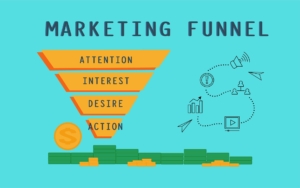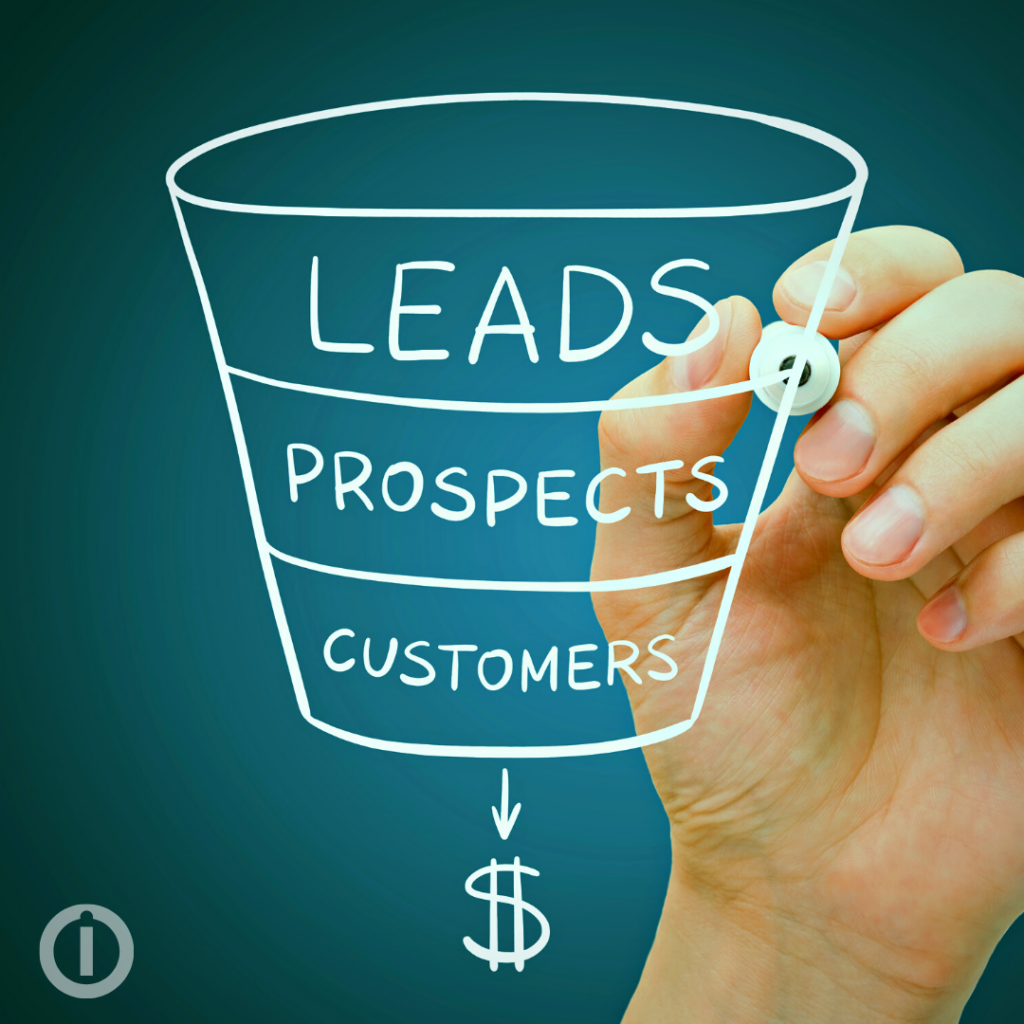General Business Strategy
Customer Lifecycle Optimisation: How to Improve It
“A chain is only as strong as its weakest link.”
It’s a quote we’ve all heard before, but it holds a clue about how to improve your sales funnel – and your overall marketing program.
The idea of the chain metaphor is that if you tug hard enough, the chain will break – right at wherever the weak link is. It doesn’t matter how strong the other links are because the chain operates as a system. If any one part of the system is damaged, the entire system is at risk.
Because your sales funnel works as a system, any weak parts will affect all the other parts. One fragile element in the system undermines the entire system.
And while that sounds bad, it’s actually a good thing. Know why?
Because it means that you can significantly improve a system simply by targeting the weak area. Strengthen one of those key frail spots, and you’ll get an outsized improvement from your work.

Customer lifecycle optimisation is a matter of perspective.
Focusing on the entire customer lifecycle requires a larger perspective than just tracking a couple of favorite metrics.
You should still track those metrics, of course. But it’s critical to see – and track – the overall picture of your marketing.
Here’s an example of why this is so important. Say you’ve got a landing page you want to optimise. You’ve created an alternate version and have your A/B split test all set up.
You run the test for at least a week, and then run it another week to get a large, reliable data set. Your challenger page, landing page B, comes out as the winner. It gets a handsome 22% more leads than page A. Great job!
Except…
Even though there are more leads generated by page B, the lead quality isn’t as good.
Page B converts better if you look at just that one step in the sales funnel – the landing page. But if you move back and look at how it affects the entire customer journey – all the way to initial order size and customer lifetime value – it actually performs worse than your original landing page.
That’s a bummer … but it’s only a test (and most tests fail, alas). Because you’re smart and know to optimise for the entire customer lifecycle, you don’t get burned.
If you weren’t looking at this one landing page action as a part of a larger whole, you’d miss out. You’d be merrily sending more leads to your sales team – but they’d be of poorer quality. (They don’t like that.)
Don’t underestimate how valuable this is. If you’re doing any testing, or have any hope of improving your overall sales funnel, you actually have to look at the full customer lifecycle.
Otherwise, you may not be improving anything, really. So all that testing and all the work to bring people through those tests isn’t actually getting you anywhere.
This fact alone may be enough to justify the cost (and the set-up) of optimising for the entire customer lifecycle. Let your competitors stay behind and myopically focus on the individual steps of their sales funnels.
Delivering a consistent, positive customer experience along the buyer’s journey affects every consequent interaction.
This is essentially the same principle as “you only get one chance to make a first impression.” It means that, all things being equal, the interactions your customers have with you earlier in the sales cycle are just more important.
Why? Well, here’s another metaphor to explain it: If you botch a first date, there won’t be a second date.
If you mess up the first time you go out with someone, it doesn’t matter what you had planned for the second date. Much less for the third date or the wedding. They aren’t going to happen.
In other words, if we alienate or disappoint our customers at the early stages of the sales cycle, they won’t ever get to the later parts.
This is why so many conversion rate optimisation experts recommend focusing on the front end of your sales funnel. Not because the later parts don’t matter, but because if the first few steps of a sales funnel fail, it doesn’t much matter what happens towards the end of the sales funnel. It’s all collapsing anyway.
Just remember to balance this with what we were talking about before: how every change you make affects the entire system.
So, in other words – yes – do start your optimisation efforts with the steps that fall in the beginning of your sales funnel (the attract and capture phases). But pay attention to how any changes you make affect the later stages.
You don’t want to cut customer lifetime value by 10% just for a 5% lift on a landing page.
But not all elements of a sales funnel have the same influence.
I hate to tell you this, but there’s yet another level of complexity here: Not all elements are created equal.
That statement applies to any sales funnel or series of conversions, but let’s talk about how it might work in a customer lifecycle.
Here’s the gist. Some conversions in your sales funnel will have more effects on your overall sales than others. So, while every element in your sales funnel affects the entire system, some elements are more influential than others. And while (if all those elements were equal) optimising the front of the funnel could bring the best results, all those elements are not equal.
Are you seeing why it’s tough to optimise complex processes? Good.
Let’s dig deeper into this idea of some elements being more influential than others. Typically, you’ll see this phenomenon come up in multivariate testing. That’s a testing methodology that’s considerably more complex than plain old A/B split testing.
The basic difference between A/B split testing and multivariate testing is this: In A/B split testing, you test one variable at a time – a button color, for example. In multivariate testing, you can test multiple variables at one time – the button’s color, placement, and copy, for instance.
Being able to test more than one thing at once requires a lot more traffic (like three or four or more times the traffic). But when the test is done, you’ll not only know which combination performs best, you’ll know which variable has the biggest effect on conversions.
That’s what I meant by “not all elements in a sales funnel are equal.”
So consider that principle of multivariate testing as you look at optimising your entire sales funnel. Certain steps along the way may deliver more impact than others.
For now, it’s still up to us human marketers to use our judgment (and our data) to strategically pick which elements we’ll test first. But we can at least start by seeing the entire customer lifecycle as a whole.
Interested in learning more or are after a chat? Contact us on ask@insideoutgroup.com.au or click here. Tell us how we can help you grow and transform.




